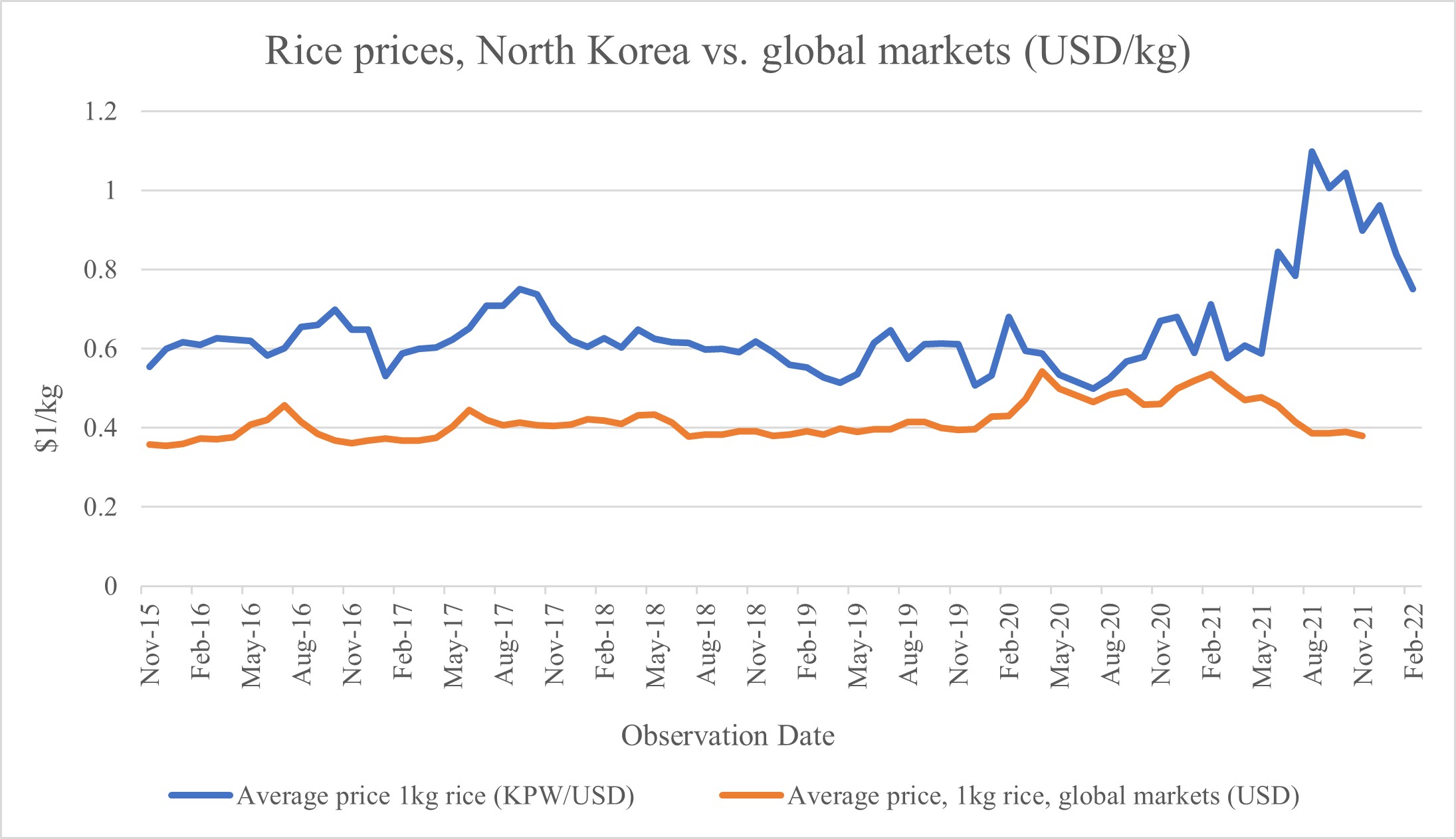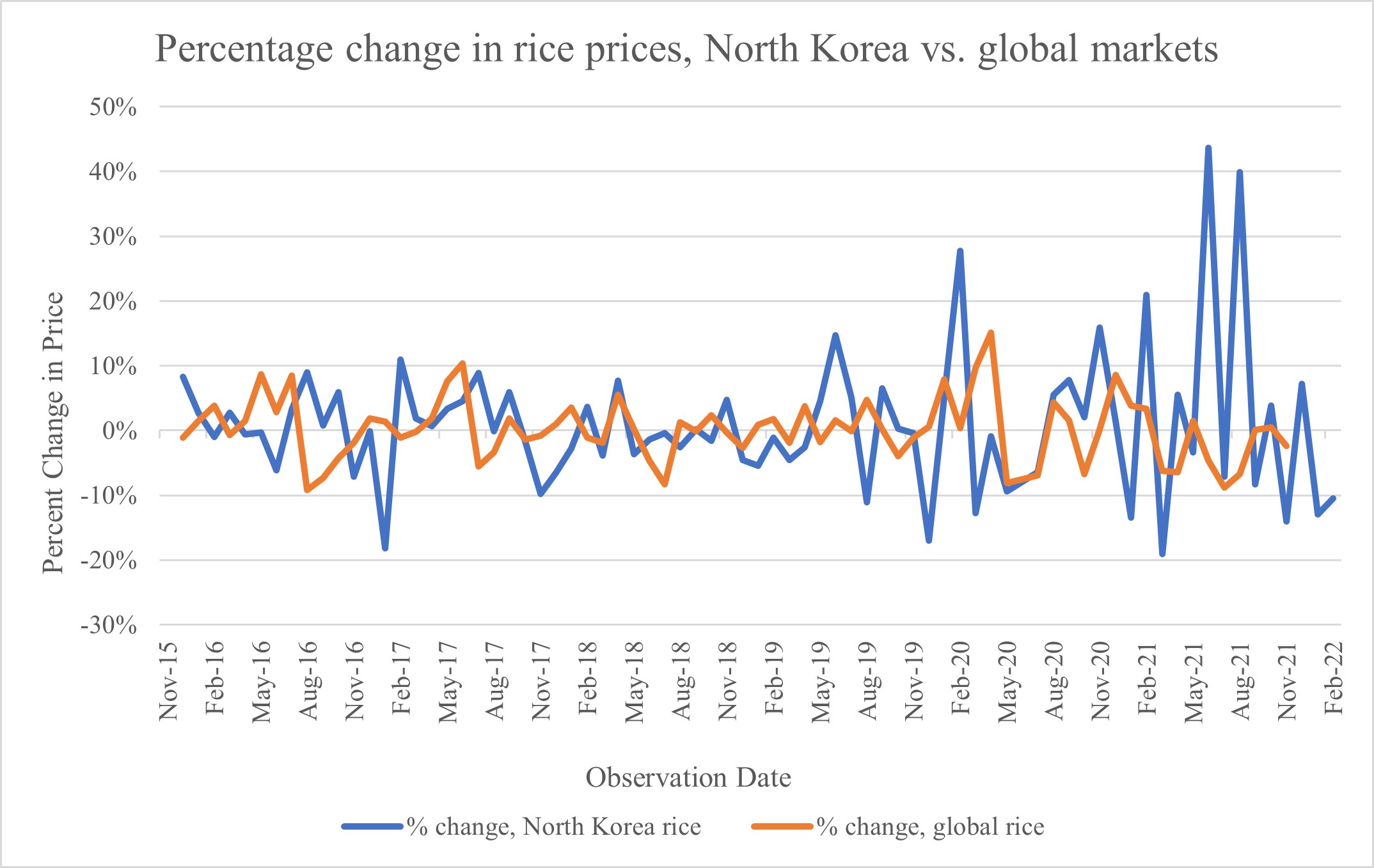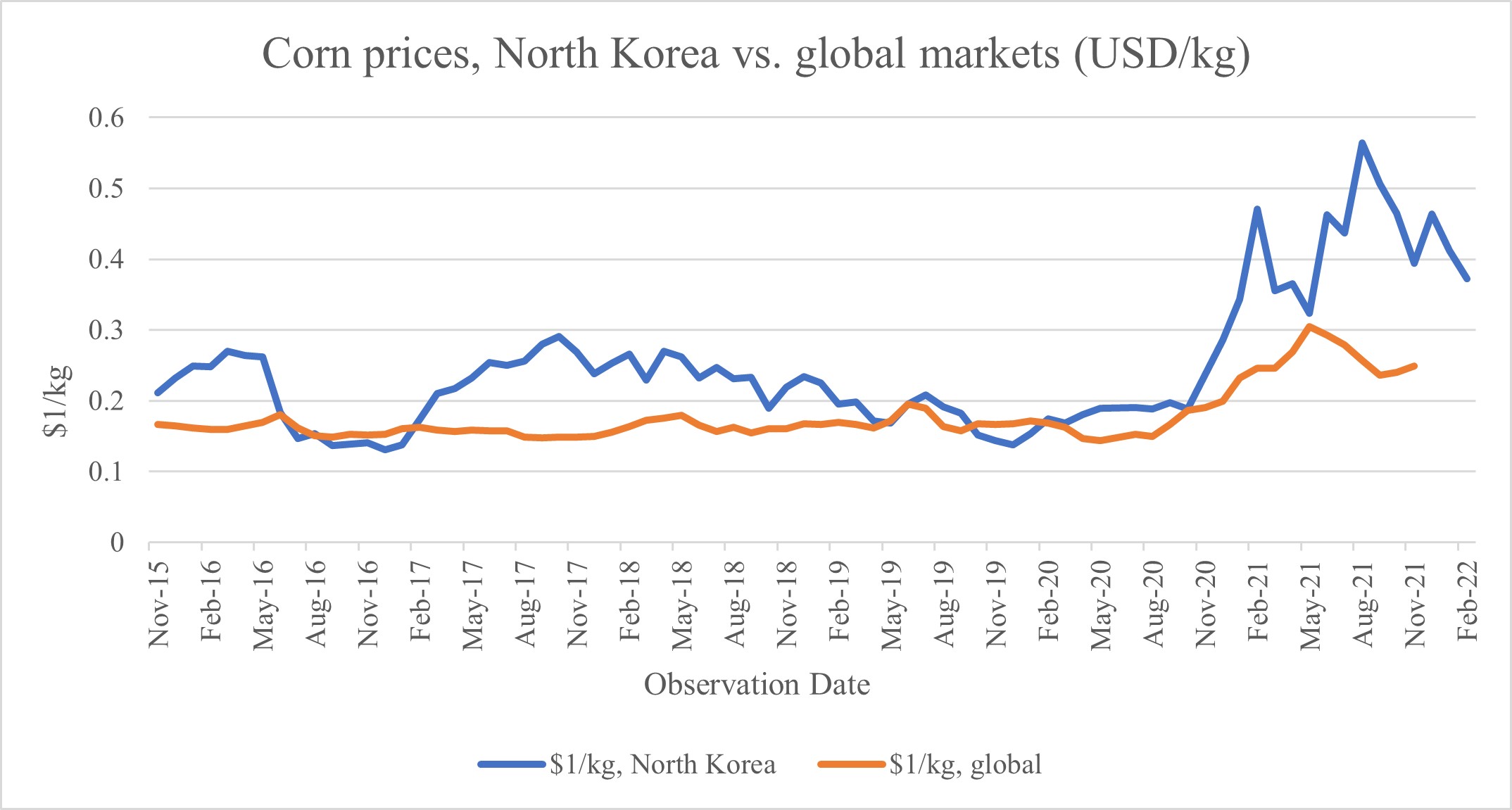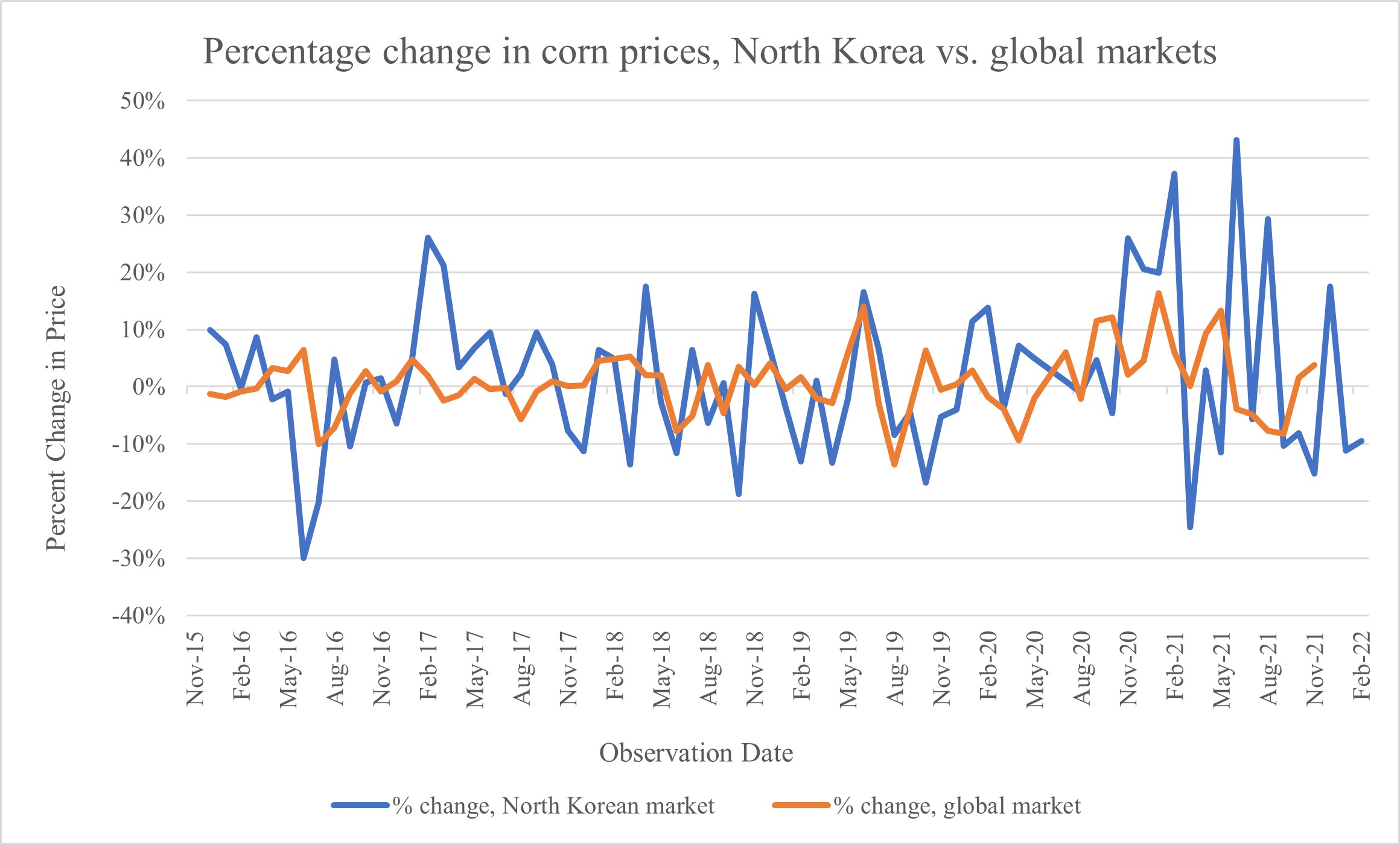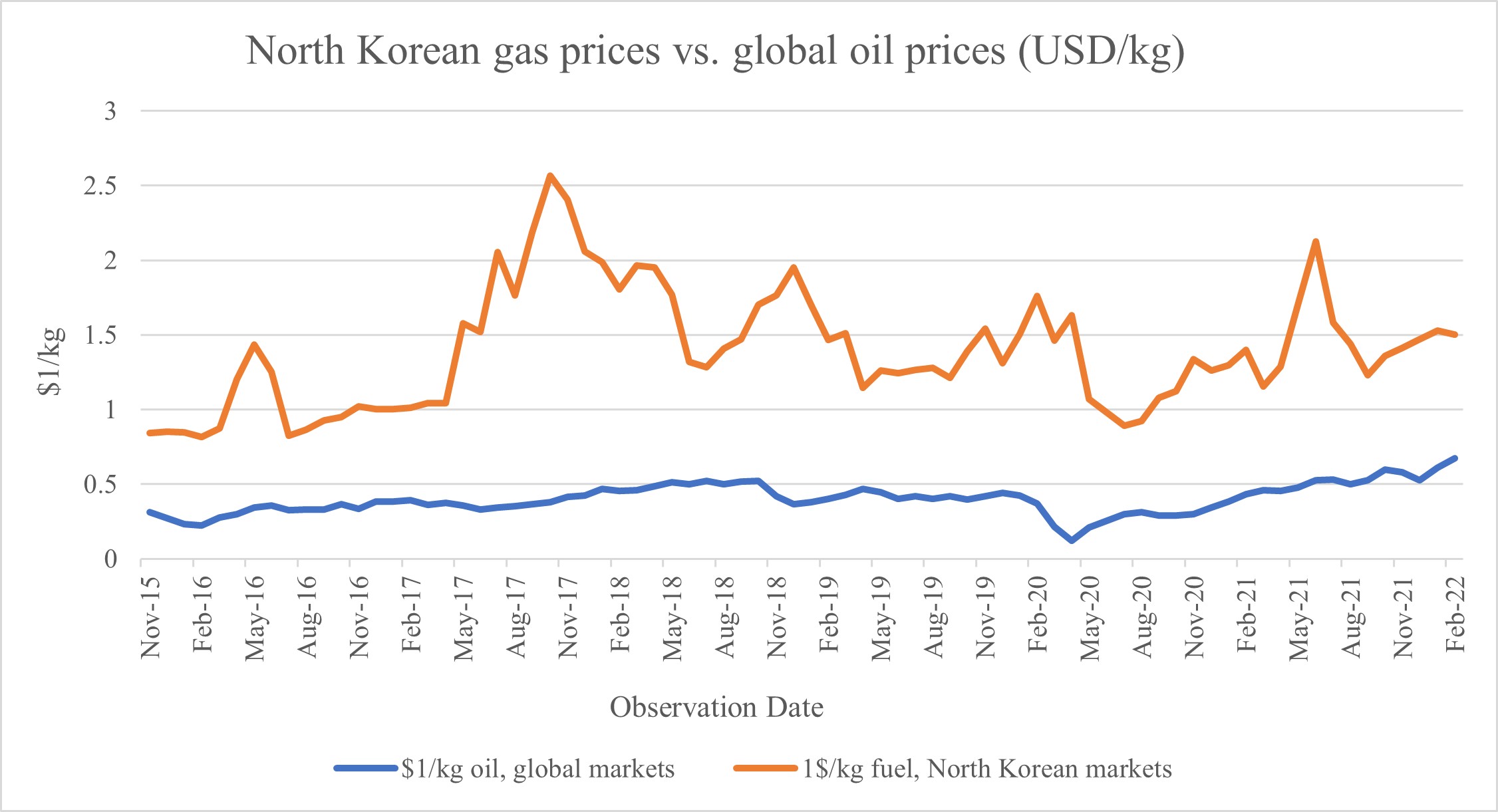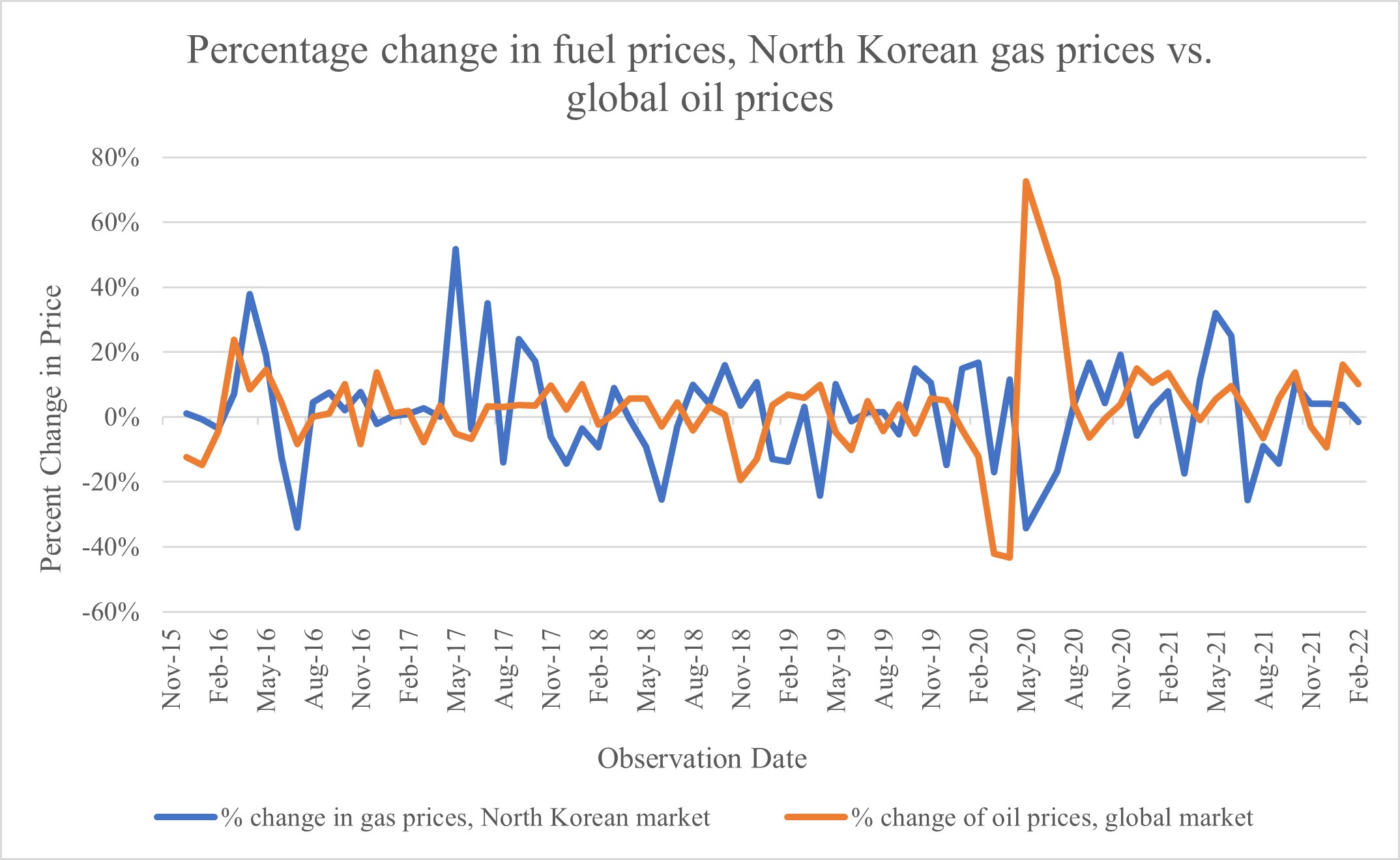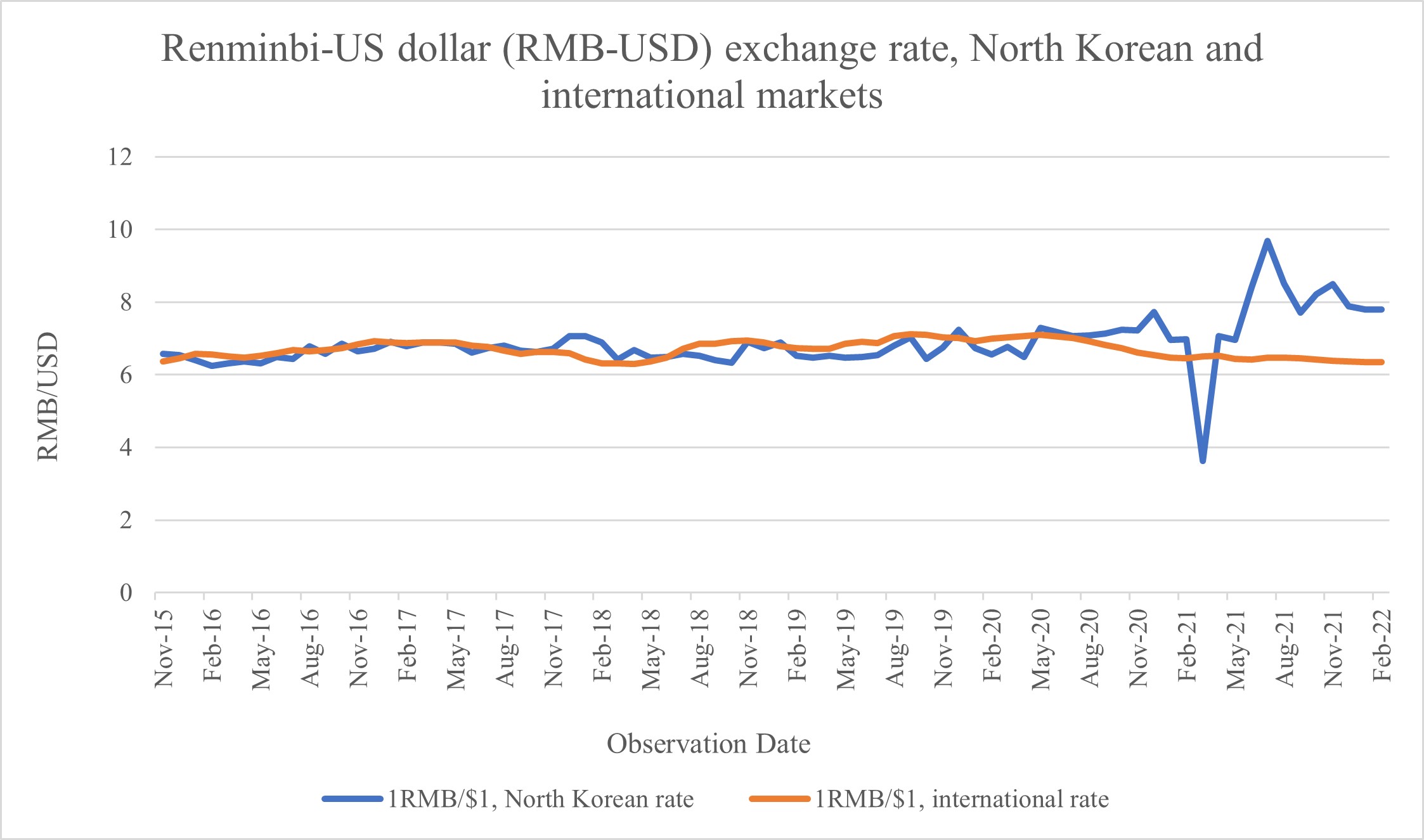What Self-Managed Abortion Care Means for Abortion Bans in 2022

ANNA BERNSTEIN
Within the next few months, the U.S. Supreme Court will issue a ruling in Dobbs v. Jackson Women’s Health Organization, a decision that could gut or overturn entirely the right to abortion secured in Roe v. Wade. If Roe is overturned, half of states are likely to ban access to abortion. The urgency of this moment has heightened public awareness and media coverage of the state of abortion access in the country.
Along with this renewed attention, there has also been a resurgence of coathanger imagery and narratives that rely on the threat of a return to “back alley abortions.” Of course, before Roe (and, even more recently, since the Hyde Amendment), this was often the reality for those that could not afford or access safe and legal abortion care. My own great-grandmother lost her life as a result of complications from an unsafe abortion—a tragic loss that too many families experienced.
The reality of abortion care in 2022, though, is vastly different: safe methods of self-managed abortion care can help ensure pregnant people today do not suffer the same fate as my great-grandmother. The availability of medication abortion care means that abortion accessed outside of the health care system can be safe, and often more affordable, than in-clinic care. Not only does framing this care as inherently unsafe fail to capture the reality of present-day self-managed abortion care: it also further stigmatizes the practice.
It is possible—and necessary—to comprehend the gravity of this crisis in abortion access and know that people can self-manage their abortions safely.
We must acknowledge the tragedy of lives lost to unsafe abortion without perpetuating misunderstanding of what self-managed abortion care looks like today. It is possible—and necessary—to comprehend the gravity of this crisis in abortion access and know that people can self-manage their abortions safely. Understanding the current implications of abortion bans requires understanding the landscape of abortion access and self-managed abortion care in 2022; this commentary aims to support that understanding.
A Further Fracturing of Current Access
The potential fall of federal protections for abortion access will not result in changes to abortion laws across the country. Rather, without Roe in place, access to abortion care will become even more dependent on states. This is a continuation of a trend that has been on the rise in the past several decades, with some states passing increasingly restrictive laws and others legislating to proactively expand and safeguard access to abortion.
Because of the patchwork of laws restricting access to abortion care, it is already difficult for a great many patients to get the care they need. These medically unnecessary restrictions include TRAP laws, which often force clinics to close; policies restricting insurance coverage of abortion care; and waiting periods and two-visit requirements, which double travel time and missed work for patients. Bearing the brunt of this crisis are communities of color, people living with low incomes, undocumented individuals, young people, and other oppressed groups that may be unable to travel for their care. For those that are able to overcome barriers to abortion access, costs compound. And, unsurprisingly, for those whom abortion care remains out of reach, abortion denial has detrimental emotional, social, and economic effects.
With the abortion access landscape dependent on state legislation, it is common for patients to travel out-of-state for their care. The ability to do so, however, is limited to those with the financial means for transportation, often in addition to costs for lodging, time off from work, child care, and other expenses. These costs add up: one study found that over a quarter of abortion patients surveyed lost nearly $200 in wages, two-thirds spent close to $50 on transportation, and a small portion had to spend an average of $140 for lodging and related travel costs. These expenses are in addition to the median cost of over $500 paid for the abortion care itself—costs which are increasing and often paid entirely out-of-pocket because of restrictions on insurance coverage for abortion care. Abortion funds often step in to assist patients with these travel costs, but they should not have to: just like any other form of health care, individuals should be able to access abortion care in the communities where they live and work.
In the case of Texas—where meaningful access to abortion care has been virtually nonexistent since the implementation of a six-week ban in September—many residents have travelled to other states for their care. Since the law (SB8) has gone into effect, thousands of patients have been forced to seek care out-of-state each month. The more states that adopt abortion bans—as Oklahoma and Idaho have just moved to do—the more strain is put on states with greater access, and the farther patients have to travel to receive care. It is not feasible for clinics in “friendly” states to provide care to everyone who needs it, and neither is it feasible for patients to travel for care as those distances increase.
Legislators are now going so far as to attempt to prohibit abortions beyond their states’ borders. Disturbingly, a Missouri lawmaker has just introduced legislation that stops patients from seeking care out-of-state and penalizes individuals that help patients do so. Self-managed abortion care allows individuals to access care without the potentially prohibitive burdens of travel.
The Reality of Self-Managed Care
The availability of medication abortion has changed the landscape of self-managed abortion care, particularly over the last fifteen years. Medication abortion care, with the most common regimen in the United States being comprised of two drugs (mifepristone and misoprostol), is overwhelmingly safe and effective. It is also growing in popularity: medication abortion care now accounts for over half of all abortions in the country.
Medication abortion can be administered safely via telehealth and with varying levels of involvement from the formal health system, including through self-management. Notably, the World Health Organization recently released new abortion care guidelines that note the following:
“…from the perspective of the health system, self-management should not be considered a ‘last resort’ option or a substitute for a non-functioning health system. Self-management must be recognized as a potentially empowering and active extension of the health system and task-sharing approaches.”
In response to the severe limitations on access to abortion in Texas, there has been a corresponding surge in demand for self-managed care. After SB8 went into effect, Aid Access (a non-profit that provides self-managed medication abortion care) saw a substantial increase in requests for their services. In the week after the law went into effect, the average number of daily requests surged from around eleven to over 135, and even after this initial peak, requests for the next three weeks were still nearly 2.5 times higher than before the law was implemented. It has even been suggested that out-of-state care and requests for medication abortion care combined may have offsest the decrease seen in abortions provided to Texas residents. However, as noted by Dr. Daniel Grossman (a clinical and public health researcher and director of the research organization ANSIRH), orders for abortion pills do not necessarily translate to receipt of abortion care—and, regardless, patients should not have to go outside the health system to receive this basic health care.
No one should be prosecuted for their pregnancy outcomes, including self-managed abortion care, and these laws pose a particular threat to communities of color.
Although self-managed abortion care is safe in terms of health risks, it can unfortunately carry legal dangers. The many laws that have been used to criminalize pregnancy outcomes include those that directly target self-managed abortion care, as well as laws criminalizing harm to fetuses; these are often arcane laws that have been on the books for decades, but are used in modern efforts to prosecute self-managed care. Moreover, archaic policies that criminalize individuals who provide abortion care have been used in attempts to prosecute the pregnant individuals themselves when abortion care is self-managed.1 These laws are not only dangerous to the people who have been—and will be—prosecuted, but may also deter individuals from seeking necessary care after experiencing miscarriages and stillbirths. No one should be prosecuted for their pregnancy outcomes, including self-managed abortion care, and these laws pose a particular threat to communities of color, who are already over-policed and overcriminalized.
What Can Be Done Now
Abortion care is already out of reach for too many people in the United States, and if Roe is overturned, access will be vastly more limited. As the dire situation in Texas has taught us, addressing access to medication abortion care and self-managed care in particular will become even more urgent.
It is crucial that people who self-manage their abortions are supported and not criminalized. State legislatures should repeal laws criminalizing pregnancy outcomes, and pass legislation that protects individuals from prosecution based on suspected self-managed abortion care; the Department of Justice (DOJ) should support these efforts. Medically accurate information should also be made available for those who are considering self-managed care: the Department of Health and Human Services (HHS) can develop these materials and provide guidance to clarify that mandatory reporting laws do not apply to people who self-manage their abortion care. Agencies like DOJ and HHS must be involved in the whole-of-government efforts to safeguard abortion access that President Biden called for last September in response to Texas’ SB8—a call the administration recently reiterated after Idaho adopted a similar law.
Medication abortion care, self-managed or not, should also be made more accessible: in particular, the policies that govern the provision of mifepristone must align with its robust record of safety. The recent removal of the in-person dispensation requirement for mifepristone is an important step toward making medication abortion care more widely accessible. However, it will not help individuals living in the nineteen states where telemedicine use for medication abortion care is banned. More must be done to remove all of the unnecessary restrictions on medication abortion care, and to ensure its availability in all states. This must go hand-in-hand with maintaining access to procedural care for patients who require or prefer in-clinic care.
Federal legislation such as the Equal Access to Abortion Coverage in Health Insurance (EACH) Act, which would allow for coverage of abortion care under federal insurance programs and facilities, and the Women’s Health Protection Act (WHPA), which would prohibit medically unnecesary restrictions on abortion care, are necessary to make abortion affordable and accessible. Although unsuccessful, the Senate’s recent vote on WHPA was historic. The chamber should follow the lead of the House of Representatives and pass EACH and WHPA.
As we await the Supreme Court’s decision in Dobbs v. Jackson Women’s Health Organization, acting on these policy recommendations is crucial—but these are not the only tools we have. Now more than ever, abortion funds need support: both funds within the states that are restricting abortion and those in states receiving an influx of patients. Abortion funds and other practical support networks have already been assisting patients in traveling for abortion care, and this need will only increase.
Further, we must actively work towards destigmatizing self-managed abortion care—and this can be as simple as using the right language when we talk and write about abortion. As we consider a post-Roe future, it is past time to understand self-managed abortion care as a safe and legitimate option, and support those who choose it.
HEADER PHOTO: PROTESTERS, DEMONSTRATORS AND ACTIVISTS GATHER IN FRONT OF THE U.S. SUPREME COURT AS THE JUSTICES HEAR ARGUMENTS IN DOBBS V. JACKSON WOMEN’S HEALTH, A CASE ABOUT A MISSISSIPPI LAW THAT BANS MOST ABORTIONS AFTER 15 WEEKS IN WASHINGTON, DC. SOURCE: CHIP SOMODEVILLA/GETTY IMAGES
Notes
If/When/How has resources available for those in need of legal assistance, including a legal defense fund and a confidential helpline.

Anna Bernstein, Fellow
Anna Bernstein is a health care policy fellow at The Century Foundation, where she works on issues related to maternal and reproductive health.
REPORT HEALTH CARE
Medication Abortion Care Is Safe and Effective—It’s Time Everyone Has Equal Access





